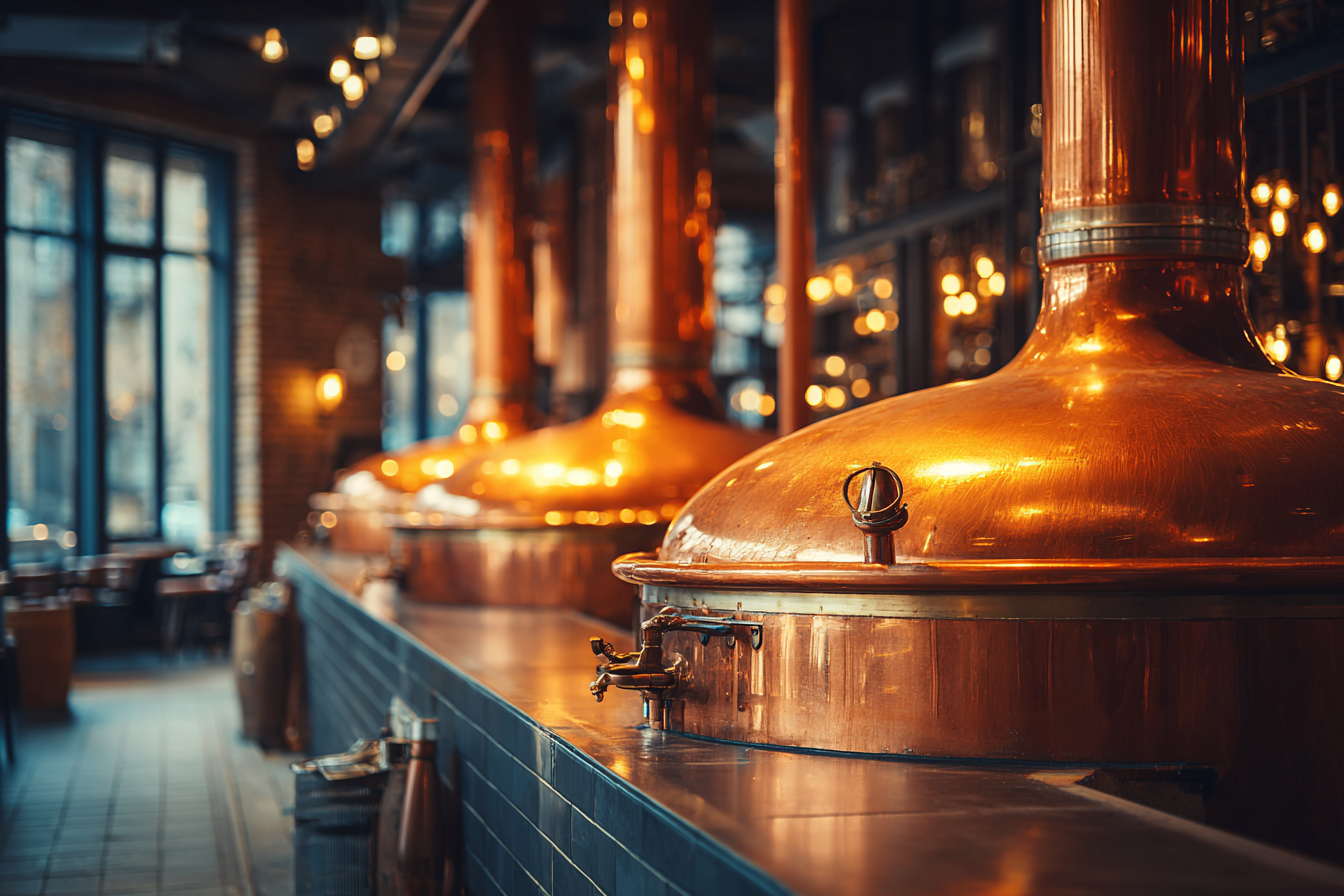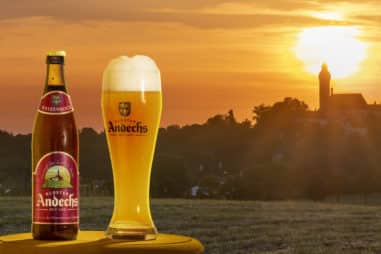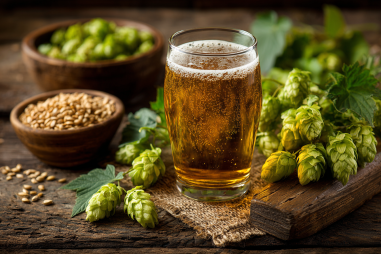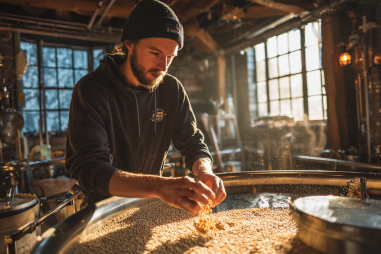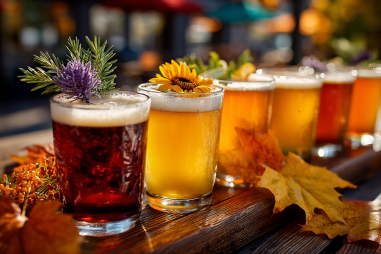American Barleywine is a beer style that commands attention with its bold flavors, high alcohol content, and rich history. As a strong ale that emerged in the United States’ evolving craft beer scene, American Barleywine has become a symbol of brewing innovation and creativity. This deep dive explores how it came to be, the pioneers behind its rise, and its lasting influence on beer lovers and brewers alike.
Introduction to American Barleywine
Barleywine is a unique beer style characterized by its strong malt sweetness, substantial alcohol content, and complex flavor profile. Unlike wines made from grapes, barleywine derives its name from its wine-like intensity, but it uses barley as the primary grain. American Barleywine distinguishes itself from British counterparts with bolder hop profiles and varying degrees of malt richness. It typically showcases flavors ranging from caramel and toffee to citrus and piney hops, making it a compelling experience for those seeking a robust and flavorful brew.
Origins and Early Development in the U.S.
The roots of barleywine trace back to England in the 18th century, where it was brewed as a strong ale meant to be savored slowly. However, the style found new life and expression when it crossed the Atlantic to the United States in the 20th century. American brewers began experimenting with barleywine during the late 1960s and early 1970s, coinciding with the nascent stages of the craft beer revolution.
Early American barleywines were inspired by British styles but gradually adapted to local tastes and ingredients. The availability of American hops, known for their higher alpha acids and aromatic qualities, led to the development of a hoppier, more assertive barleywine that appealed to the growing community of adventurous drinkers seeking bold flavors distinct from mass-produced beers.
Influential Breweries and Brewers
Several pioneering breweries were instrumental in establishing American Barleywine as a respected style. Anchor Brewing Company in San Francisco is often credited with some of the earliest American versions of barleywine. Their Anchor Old Foghorn, first brewed in the 1970s, became iconic and helped set the standard for balance between malt sweetness and hop bitterness.
Other influential breweries like Sierra Nevada, with its Bigfoot Barleywine, further popularized the style during the 1980s and 1990s. Sierra Nevada’s approach spotlighted the aromatics and bitterness of American hops, creating a barleywine that was both juicy and powerful. These breweries, along with others such as Weihenstephaner and Rogue Ales, inspired new generations of brewers to explore and refine barleywine brewing techniques.
Evolution of Brewing Techniques and Ingredients Over Time
Over the decades, brewing techniques for American Barleywine have evolved significantly. Initially, these beers were often heavy on malt sweetness and alcohol but relatively straightforward in hop usage. As craft brewing matured, brewers began experimenting with:
- Different yeast strains to add complexity in aroma and flavor
- Dry-hopping to enhance hop character without overwhelming bitterness
- Barrel-aging to introduce notes of oak, vanilla, and dark fruit, adding depth
- Adjusting mash profiles to create more nuanced malt textures
The use of American hop varieties such as Cascade, Centennial, and Chinook has also contributed to a more diverse palette of flavors, infusing citrus, pine, and resinous qualities that contrast and complement the rich malt backbone. Additionally, improvements in fermentation control and temperature management have allowed brewers to craft cleaner, more polished barleywines with balanced profiles.
Impact on the Craft Beer Movement
American Barleywine played a vital role in shaping the craft beer movement by showcasing the possibilities of brewing stronger, more complex beers beyond the traditional lagers and pale ales of the mass market. Its rise coincided with a consumer shift toward artisanal and high-quality beverages, encouraging brewers to push boundaries in flavor, strength, and style diversity.
Because barleywine requires patience to enjoy properly—often benefiting from aging—this style fostered a culture of appreciation among enthusiasts who value the evolving flavors that unfold over time. It also helped legitimize the concept of seasonal and limited-edition releases, with many breweries offering barleywines as special autumnal or winter brews to highlight the craftsmanship involved.
American Barleywine in Modern Brewing Culture
Today, American Barleywine remains a beloved style among craft beer drinkers and brewers, celebrated for its boldness and versatility. Modern interpretations vary widely, from aggressively hopped versions bursting with citrus and pine to malt-forward expressions with notes of caramel, toffee, and dried fruit. The style continues to be a playground for innovation.
Many contemporary breweries now incorporate barrel-aging techniques, blending their barleywines with bourbon or wine barrels to add layers of complexity and richness. The style is also popular in beer competitions and tastings, where its intensity and depth often earn it high praise.
Moreover, American Barleywine serves as a gateway for beer lovers interested in exploring strong ales and understanding the art of balancing malt, hops, and alcohol strength. Its reputation for aging well means it also occupies a special place in beer cellars, inviting drinkers to discover new dimensions of flavor with each passing year.
The Legacy and Future of American Barleywine
American Barleywine’s rich history is a testament to the creativity and passion within the craft brewing community. From its early adaptations of British traditions to becoming a hallmark of American innovation, this style embodies the spirit of experimentation and appreciation for bold, complex beers.
Looking forward, the future of American Barleywine appears bright and dynamic. Brewers are continually exploring new hop varieties, yeast strains, and aging methods, ensuring the style evolves while respecting its roots. With increasing interest in barrel-aged and hybrid styles, barleywine is poised to remain a cherished choice for both brewers and consumers seeking a memorable and intense beer experience.
In essence, American Barleywine stands as a celebration of craft brewing’s past, present, and future—a robust and flavorful marker of how far American beer has come and where it is headed next.

